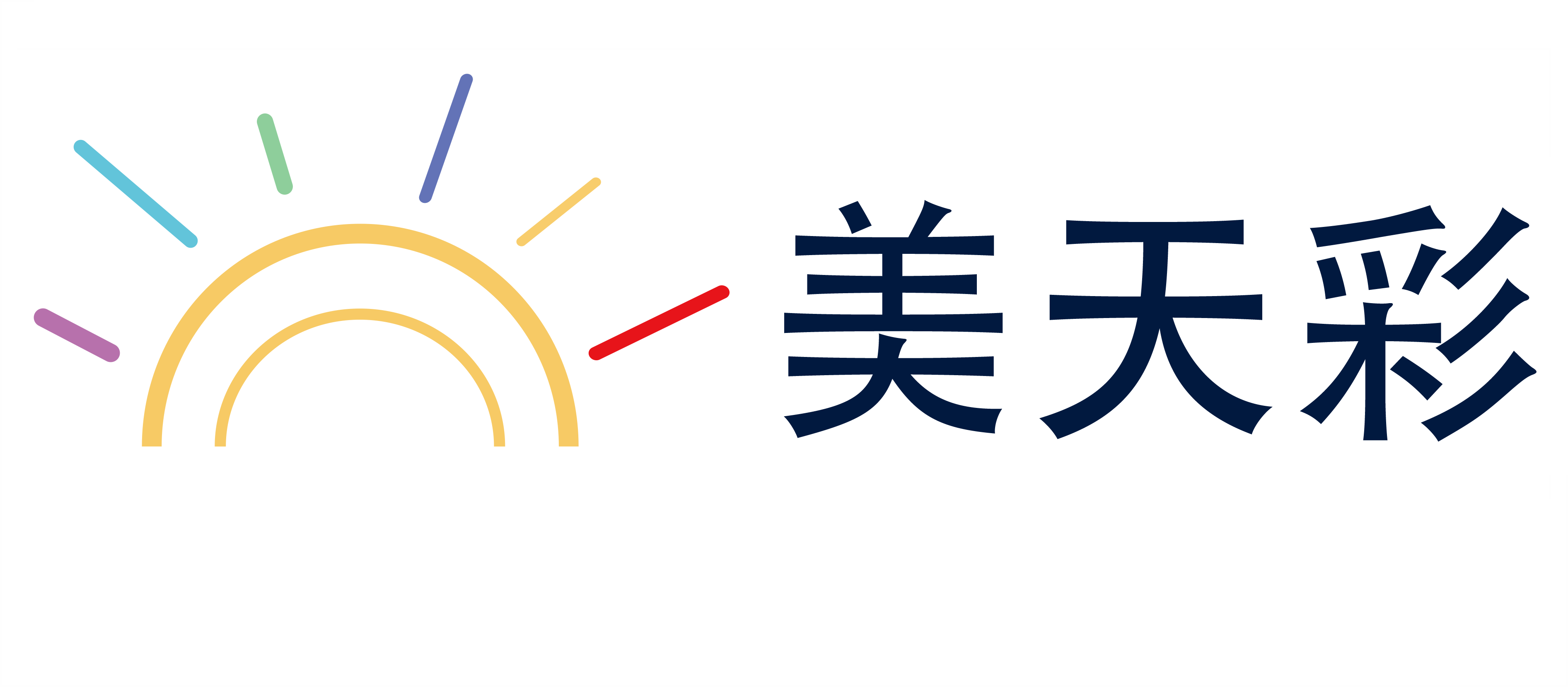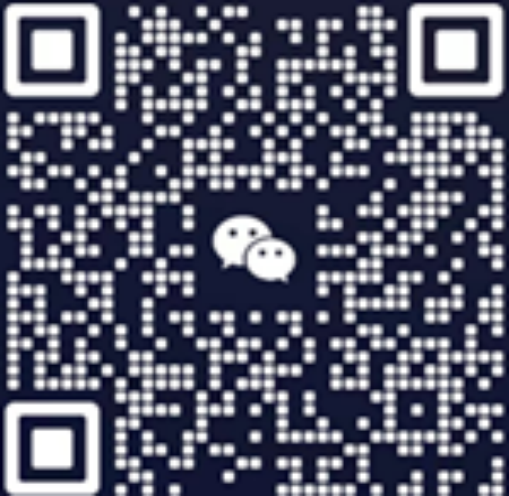东南亚眼部化妆品的安全性评估法规
Southeast Asia has seen a growing interest in the cosmetics industry, particularly in the eye makeup products, driven by the rising middle class and beauty culture. However, the safety and quality of these products have become paramount concerns for regulatory bodies and consumers alike. In response to these growing demands, several Southeast Asian countries have introduced comprehensive regulations and standards to ensure the safety of eye cosmetics. This article delves into the regulatory framework, safety assessment criteria, and implementation processes surrounding eye cosmetics in Southeast Asia.
Background of Safety Assessments in Southeast Asia
The regulatory landscape for cosmetics in Southeast Asia is shaped by the diverse legal frameworks of individual countries. Countries like Singapore, Malaysia, Thailand, Philippines, and Indonesia have each developed their own guidelines to address the safety concerns associated with cosmetics, including eye products. These regulations are often based on international standards but are tailored to meet local needs and regulatory priorities.
One of the key drivers for these regulations is the increasing number of adverse reactions reported by consumers using eye cosmetics. This has led to a heightened awareness among regulatory bodies about the necessity of rigorous safety assessments. Additionally, the rapid growth of the cosmetic industry in these regions has created a demand for both innovation and accountability, prompting the implementation of comprehensive safety standards.
Safety Assessment Criteria
The safety assessment criteria for eye cosmetics in Southeast Asia typically follow a structured approach to evaluate the potential risks associated with the product. These criteria may vary slightly depending on the country, but they generally include the following key elements:
1. Raw Material Safety: Regulatory bodies assess the safety of all raw materials used in the production of eye cosmetics. This includes evaluating the toxicity, carcinogenicity, and mutagenicity of ingredients such as pigments, fragrances, and solvents.
2. Cosmetic Component Testing: Each cosmetic product undergoes rigorous testing to determine its safety profile. This involves evaluating the stability of the product under various conditions, including heat, light, and moisture, as well as testing for harmful reactions.
3. Product Formula Review: The regulatory body reviews the product formula to ensure that it does not contain harmful substances that could cause allergic reactions or other adverse effects. This includes checking for the presence of known allergens and evaluating the formulation for potential skin irritation.
4. Use Guideline Safety: The safety of the product's intended use is also a critical factor in the assessment. Regulatory bodies evaluate whether the product is safe for its intended purpose and user group, considering factors such as skin type and potential allergies.
5. Production Process Monitoring: Comprehensive monitoring of the production process is essential to ensure compliance with safety standards. This includes regular inspections, quality control checks, and traceability measures to track the safety of raw materials and finished products.
Regulatory Processes and Implementation
The implementation of safety assessments for eye cosmetics in Southeast Asia follows a systematic regulatory process. Each country has its own regulatory authority responsible for enforcing these standards, such as the Food and Drugs Administration (FDA) in Singapore, the Department of Health (DOH) in Malaysia, and the Department of Public Health in Thailand.
The regulatory process typically involves the following steps:
1. Application Submission: Manufacturers submit an application for approval of their eye cosmetic product, including detailed information about the product formula, ingredients, and manufacturing process.
2. Inspection and Testing: The regulatory authority conducts on-site inspections and testing of the product to evaluate its safety profile. This may include testing under various environmental conditions and assessing the product's performance in real-world scenarios.
3. Certification and Labeling: Upon successful evaluation, the product is certified safe and receives appropriate labeling that includes information about its intended use, ingredients, and safety warnings.
4. Post-Market Surveillance: Once a product is on the market, regulatory authorities continue to monitor its safety performance. This includes responding to reports of adverse reactions and conducting periodic inspections to ensure continued compliance with safety standards.
5. Recall Mechanisms: In cases where a product is found to pose a significant risk to consumers, regulatory authorities may initiate a recall process to remove the product from the market and inform consumers of the situation.
Challenges and Future Directions
Despite the robust regulatory framework, implementing safety assessments for eye cosmetics in Southeast Asia presents several challenges. These include the need for standardized testing methods, the complexity of evaluating localized consumer needs, and the increasing regulatory burden on manufacturers. Additionally, the lack of uniformity in cosmetic terminology across countries can complicate the regulatory process.
To address these challenges, international cooperation and standardization initiatives are essential. For instance, the World Health Organization (WHO) and the International Organization for Standardization (ISO) have developed guidelines and standards that countries can reference to improve their regulatory practices. Furthermore, advancements in technology, such as in vitro testing and in vivo studies, can help reduce the reliance on animal testing and improve the accuracy of safety assessments.
Conclusion
The regulatory framework for eye cosmetics in Southeast Asia reflects a commitment to protecting consumer health and ensuring the safety of cosmetic products. By implementing rigorous safety assessments and maintaining strict regulatory oversight, the region has taken significant steps toward safeguarding both consumers and the environment. As the cosmetic industry continues to evolve, collaboration between regulatory bodies, manufacturers, and consumers will be key to maintaining high standards of safety and accountability.
上述信息,涵盖图片、视频以及各类文字资料,美天彩仅扮演信息存储的角色。若存在任何侵犯知识产权或其他合法权益的情形,请立即联系我们删除,切实维护您的权益。
郑重声明
- 延伸阅读:
- 上一篇:马来西亚化妆品审批流程
- 下一篇:东南亚化妆品产品信息备案法规查询

Experts Q & A
外贸专家答疑
为了帮助您更快地解决问题,建议向我们的外贸专家进行咨询,提供专业的方案咨询和策划。


马上留言 (0) 0